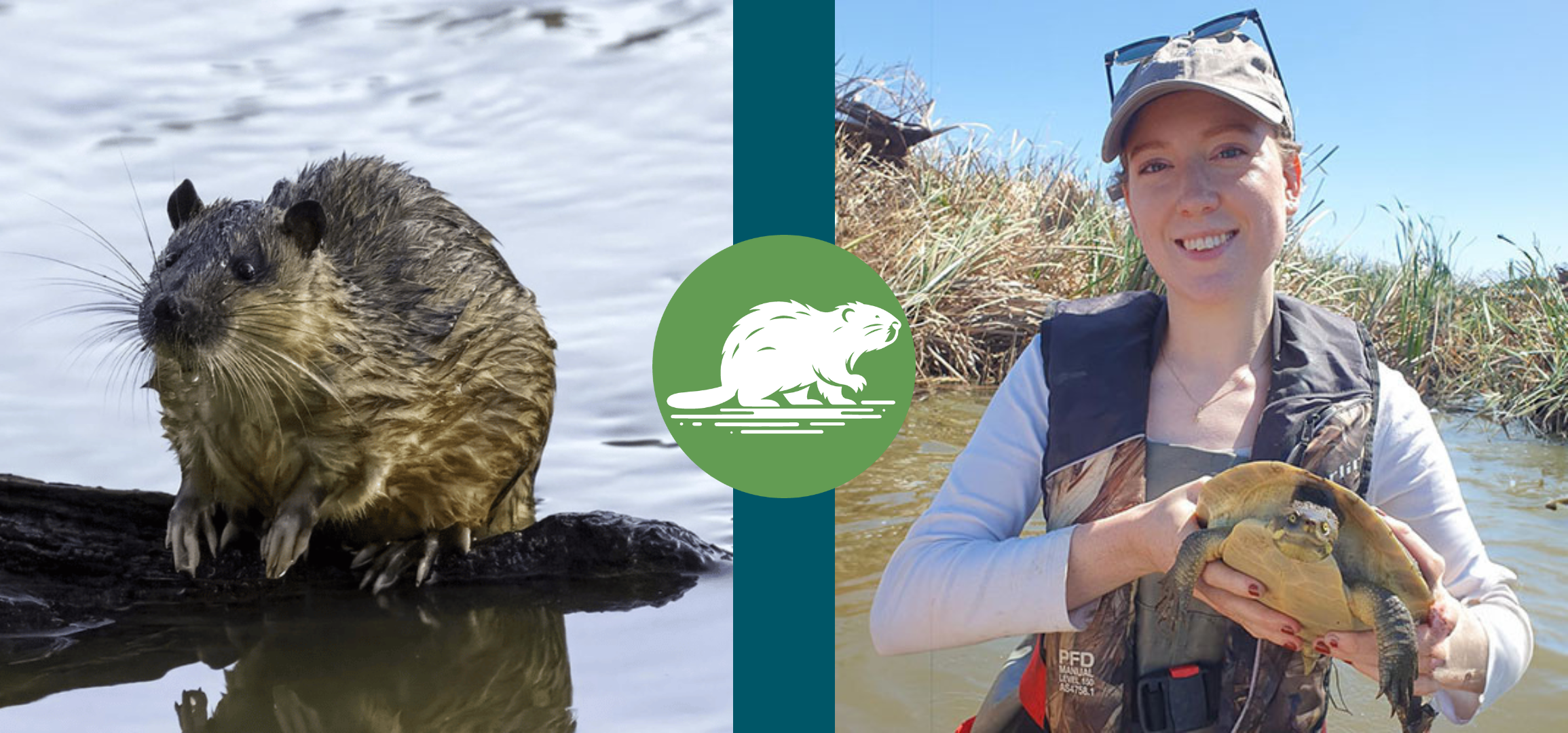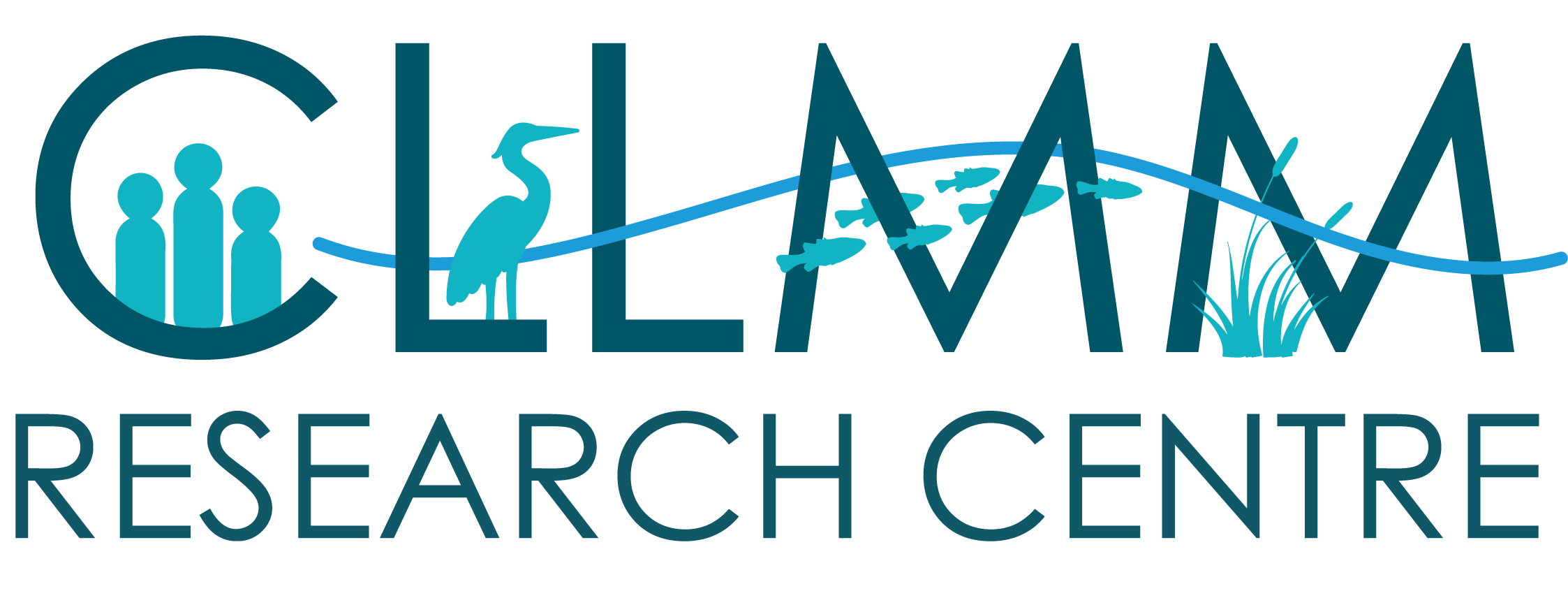
Image: Hannah McKennall, Bachelor of Science (Honours), Flinders University
Local Wildlife – Studying Rakali at Goolwa and nearby waterways
A new research project is underway in the Goolwa region to better understand the Rakali (Hydromys chrysogaster), Australia’s native water rat. Despite being widespread, very little is known about this semi-aquatic mammal, especially in terms of its behaviour, habitat use, and how it responds to environmental changes.
This project is the first to focus solely on Rakali in the Goolwa area, including nearby aquatic habitats of the Goolwa Channel, Currency Creek and the Finniss River (including at Watchalunga Reserve). Honours student Hannah McKennall – supervised by Ryan Baring (Flinders University), Gilad Bino (UNSW) and Tahneal Hawke (UNSW) – is investigating how Rakali use different habitats, how human activity might affect them, and what environmental features they prefer.
To gather data, scientists are using motion-sensor camera traps baited with pilchards to capture footage of Rakali in action. These cameras are placed near water bodies and will operate during warmer (April–May) and cooler (June–July) months.
Additionally, live trapping will be carried out at each site across three different seasons. Captured Rakali will be safely examined for health, reproductive status, diet, and tagged for future monitoring before being released.
This research will help fill critical gaps in our knowledge about Rakali and guide future conservation efforts for this remarkable species—both locally and across Australia. Because Rakali are indicators of wetland health, understanding their behaviour and population trends is key to protecting these vital ecosystems.
